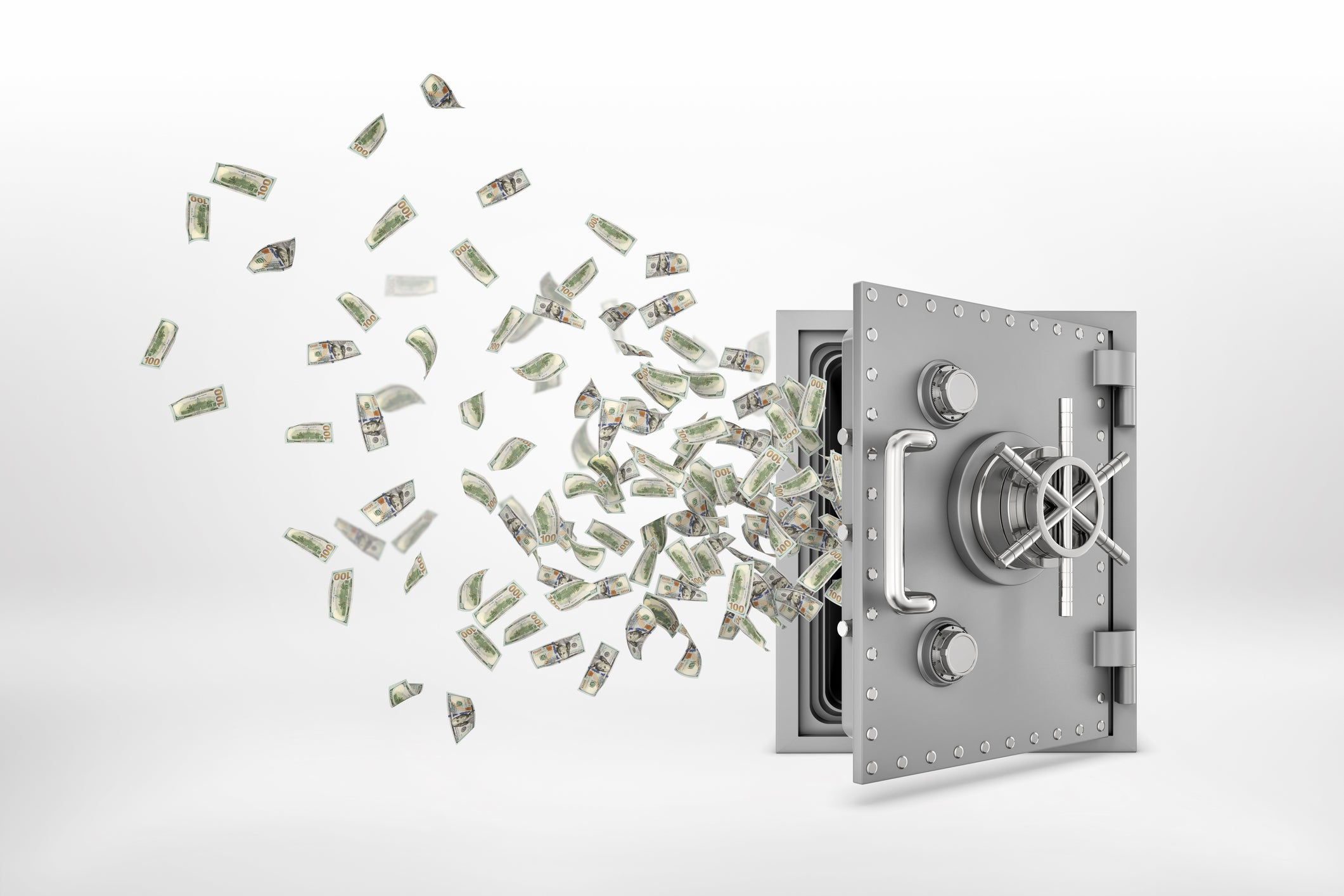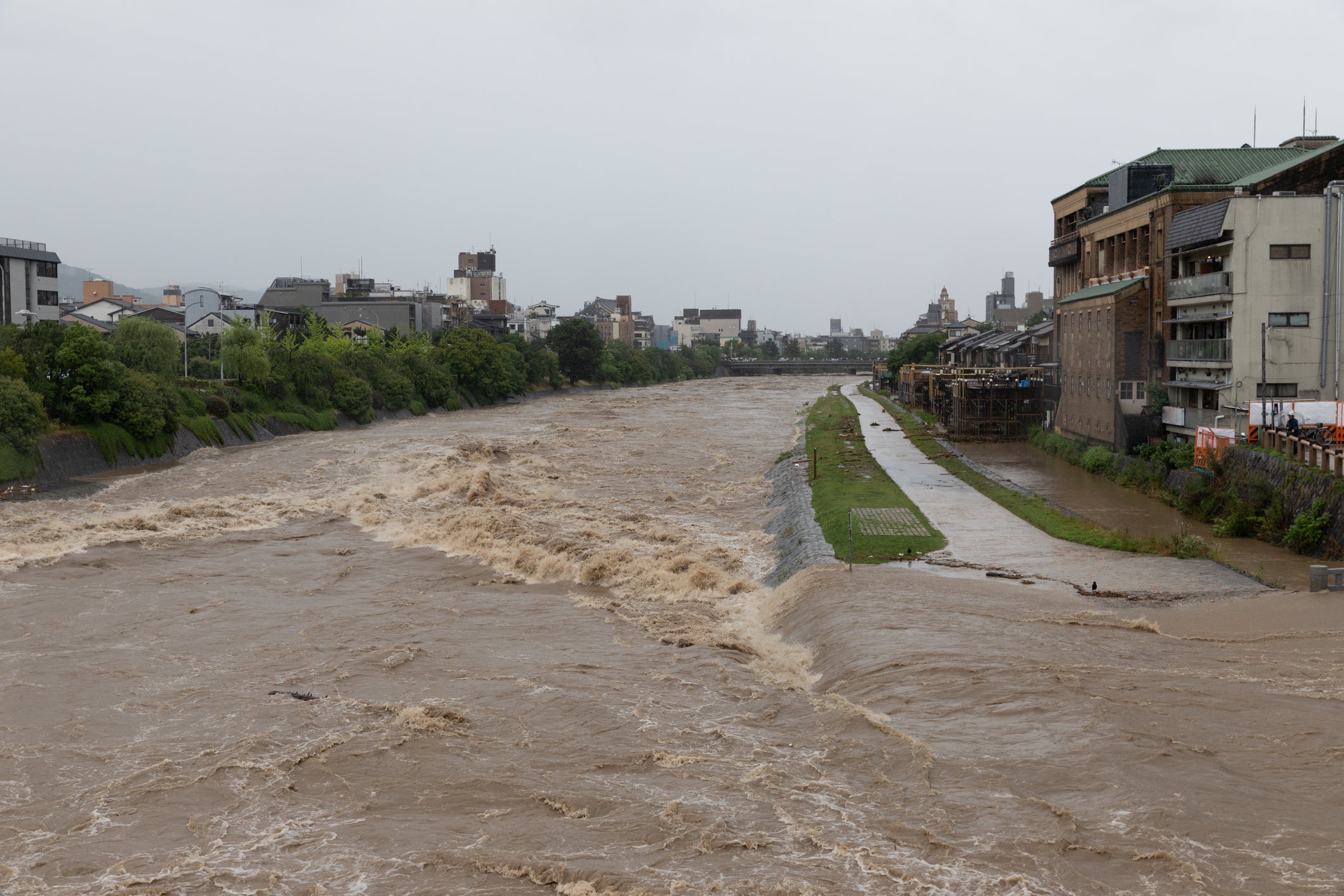Ideas for disaster prevention measures for fire prevention
table of contents
Introduction
1 . Installation of fire alarm system
2. fire alarm training
3. Precautions for electrical equipment
Four. fire control
5 . Securing fire evacuation routes
summary
Introduction
Fires are dangerous hazards that cause serious damage to homes, facilities, human lives and property. In this article, we will delve deeper into fire preparedness ideas for fire prevention. These ideas can be practiced anywhere, including individuals, homes, companies, and schools. To focus on fire prevention and ensure a safe environment, consider the following ideas.
1 . Installation of fire alarm system
A fire alarm system is a system for early detection and warning of people when a fire breaks out. A typical fire alarm system includes smoke detectors, heat detectors, combustible gas detectors, etc. Fire alarm systems are commonly deployed throughout buildings and facilities as these devices detect smoke or unusually high temperatures. For example, alarm systems are commonly deployed throughout buildings and facilities. For example, in residential and office buildings, smoke detectors are installed on each floor and each room to cover the entire building. Also, in large-scale facilities and factories, early detection of fire is important, so multiple detectors and sensors are installed and monitored from a central monitoring room.
The function of the fire alarm system has the following characteristics:
1-1 early detection
Fire alarm systems detect smoke and abnormally high temperatures at an early stage and issue an alarm to notify the occurrence of a fire early. This allows people to evacuate quickly.
1-2 networking function
Multiple fire alarm devices can be linked together to issue an alarm all at once. This facilitates fire detection and evacuation throughout the building.
1-3 Self - diagnosis function
The fire alarm system periodically self-diagnoses to detect problems such as device failure or low battery. If there is an abnormality, an alarm is issued to ensure the normality of the system.
1-4 monitoring functions
In large facilities and factories, the fire alarm system is connected to a central monitoring room and monitored in real time. Observers can respond quickly by generating alarms and detecting problems early.
2 . fire alarm training
Fire alarm training is a training program for taking appropriate action in the event of a fire. The aim is to educate participants about what to do and how to escape in the event of a fire alarm in their home or work environment. The following are the main contents of fire alarm training.
2-1 Appropriate response training
Teach participants the proper response to make when a fire alarm sounds. For example, if an alarm sounds, act immediately, act calmly without panicking, and take action to evacuate quickly.
2-2 Check evacuation routes
In the event of a fire, it is important to follow evacuation routes quickly and effectively. In the drill, we will confirm the locations of evacuation routes and emergency exits, and aim to familiarize the participants with them. There may also be a drill to actually check the route using the map and display of the evacuation route.
2-3 How to use a fire extinguisher
The training may also include basic instruction on how to use a fire extinguisher. We aim to equip participants with the ability to properly use fire extinguishers and control fires when the fire is small and self-extinguishing. Demonstrations of how to handle and spray a real fire extinguisher provide hands-on training for participants.
2-4 Implementation of evacuation drills
Actual evacuation drills may also be carried out during fire alarm training. In the drill, participants will experience an actual fire and evacuate according to the set procedure. Evacuation drills are conducted through realistic scenarios such as proper evacuation order, use of evacuation routes, and gathering at waiting areas.
3 . Precautions for electrical equipment
Below are the precautions for electrical equipment.
3-1 Prevention of overload and overheating
Overloading or overheating electrical equipment can cause fires. Use outlets and extension cords with appropriate power capacity, and match the power consumption and circuit capacity of electrical equipment. Also, ensure that electrical equipment is properly ventilated and do not place flammable objects around it to prevent overheating.
3-2 Regular inspection and maintenance
Electrical equipment requires regular inspection and maintenance. Check plugs and cords for damage, deterioration, disconnection, overheating, and other abnormalities, and repair or replace them as necessary. Regular cleaning of filters and fans on electrical equipment also ensures proper operation and cooling.
3-3 Power off when not in use
It is important to unplug electrical appliances when they are not in use. In particular, when not in use for a long period of time or when going out, turning off the power prevents overloads and short circuits.
3-4 Proper placement of electrical equipment
The placement of electrical equipment also requires attention. Do not place electrical equipment near flammable items, curtains, futons, etc. It is also important to place the electrical equipment in such a way that it has sufficient space and is well ventilated.
3-5 Selection of quality products
When purchasing electrical equipment, it is important to choose highly reliable products. Focus on quality and safety by choosing products that comply with safety standards and products from reputable manufacturers.
4 . fire control
Fire management includes the following points:
4-1 Restrictions on use of fire
When using fire, the use should be restricted. For example, use fire only in a specific place or environment, use fire only for a specific purpose, etc.
4-2 Fire monitoring and vigilance
If you are working with open fire, you should always watch for fire and be alert. It is dangerous to leave the fire unattended or unattended. It is also important to check the surroundings during use and to keep a fire extinguisher and fire extinguishing equipment nearby.
4-3 Compliance with Fire Regulations and Laws
The use of fire may be subject to local and legal restrictions and restrictions. For example, banning outdoor bonfires and campfires in public places, and restricting smoking in certain areas. It is important to comply with these regulations and laws and follow social rules.
4-4 Education for safe handling of fire
It is also important to educate people who use fire about proper handling and safety measures. Awareness should be provided by providing basic knowledge of fire hazards and fire prevention, how to handle fires, and instruction for those unfamiliar with fire handling.
4-5 Fire response plan
When managing a fire, it is important to have a fire response plan in place. Prepare to take appropriate action in the event of a fire, including installing fire alarms, securing appropriate evacuation routes, and conducting evacuation drills.
5 . Securing fire evacuation routes
5-1 Clear indication of evacuation routes
Evacuation routes must be clearly marked and provided inside the building. Use appropriate signs and arrows to indicate escape routes. It is also important to install lighting so that evacuation routes can be seen even at night.
5-2 Securing stairs and corridors
Stairs and corridors are particularly important escape routes in the event of a fire. Keep these passages open at all times and be careful not to block them with objects or obstacles. Stairs and corridors should always be passable for quick evacuation in an emergency.
5-3 Securing emergency exits
It is important to install an emergency exit as an evacuation route in the building. Make emergency exits easily accessible and properly sign where necessary. Make sure the emergency exit is always open and unobstructed.
5-4 Removal of obstacles on evacuation routes
It is important that the escape route is clear of obstacles. Regularly check to see if any obstacles, such as furniture or luggage, are blocking the evacuation route. Particular attention should be paid to common areas, hallways, and around stairs.
5-5 Maintenance and inspection of evacuation routes
Evacuation routes should be regularly inspected and cleaned and repaired as necessary. Regularly check the condition of lighting, handrails, floors, etc. to maintain proper condition. It is also important to inspect evacuation routes based on fire prevention inspections and guidance from the fire department.
summary
Fire alarm systems are considered an important component of fire prevention and serve to increase the safety of buildings and facilities. With proper installation and regular maintenance, early fire detection and evacuation can be achieved, minimizing damage caused by fire.
It is important that fire alarm training be conducted on a regular basis. Regular refreshments and training of new participants may also be provided to ensure that participants can respond accurately and quickly in the event of a fire. Training results are also evaluated and feedback is provided, and used to supplement areas for improvement and lack of awareness.
Safe use of electrical equipment can minimize the risk of fire. Do not neglect regular inspection and maintenance, and keep in mind proper use and handling.
Fire management is an important part of fire prevention and safety. Handle fire with proper management and caution, and ensure the safety of your surroundings.
Securing fire escape routes plays an important role in saving lives and minimizing damage in the event of a fire. Building owners and managers must conduct regular inspections and proper management, and always be aware of securing evacuation routes. It is also important for users to know the location of evacuation routes and emergency exits, and to be prepared to evacuate quickly and safely in the event of a fire.
Fire prevention is a very important measure to protect our lives and property. This article has given you some ideas for fire prevention, but these are just the basics. It is also important to consider more specific measures according to individual circumstances. Create a safer environment by raising awareness of fire prevention and conducting regular inspections and drills.








